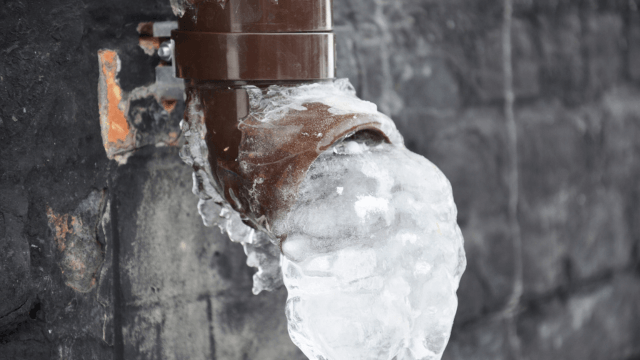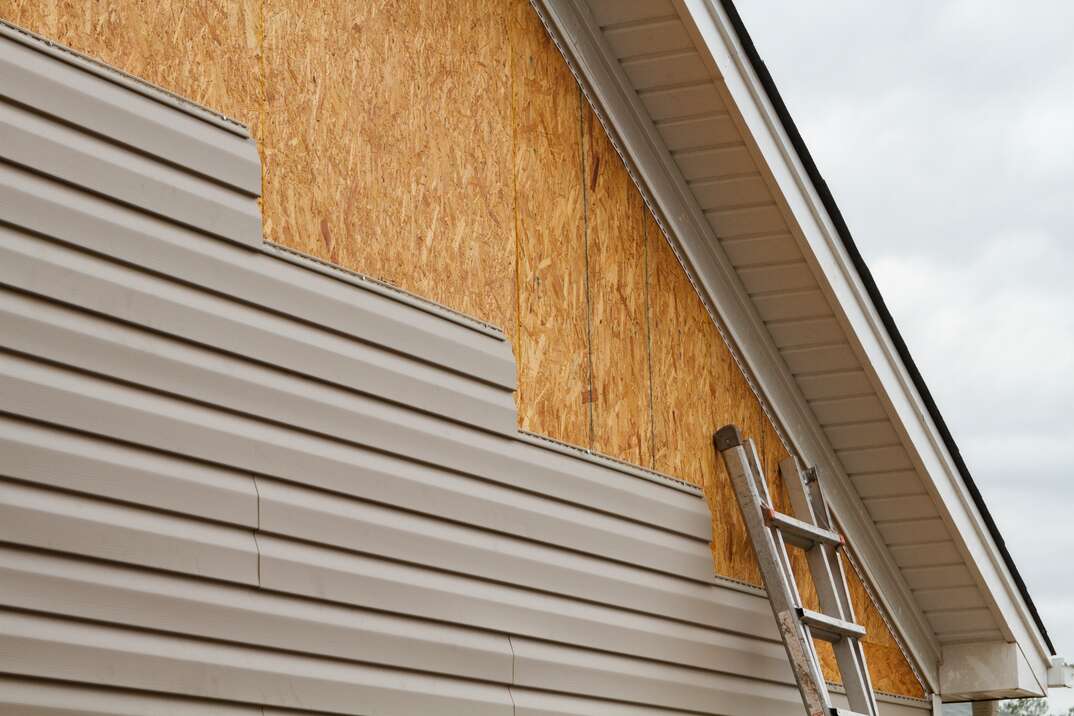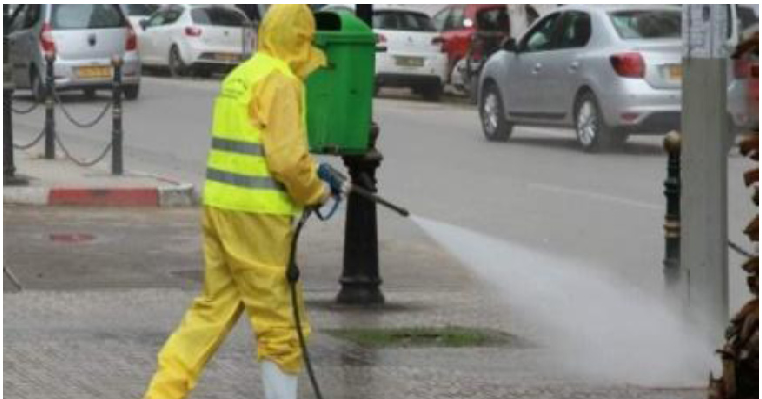How to Tell if Your Pipes Froze

As the weather warms up, you can finally stop worrying about the possibility of frozen pipes. For any homeowner, frozen pipes can be a major issue as they can impact your water usage and cause major damage. Here are ways to tell your pipe froze.
How to Tell You Pipes Are Frozen
Difficulty Getting Water
Imagine going to take a shower or wash your hands at the sink only to notice no water is coming out. When you have limited or no water flow, that’s the first sign that your pipes may now be blocks of ice. In the future, try to keep your faucet on a trip to keep the flow going when it’s extremely cold outside.
Nasty Smells
When cold weather sets in, do you suddenly smell sewage from your faucet or sink? Of course, you shouldn’t expect a sewage smell from where you get your water. The reason for the smell may be that your sewer line is also affected. If you have ever had a freezeover outside, the exterior sewer line may freeze along with the water line.
Weird Noises
Water makes a distinctive sound when it comes out of the faucet and drains out in large amounts. However, it shouldn’t make loud clunking noises. Look out for loud gurgling sounds when you don’t suspect a clog. Clanking or gurgling noises may be the sound of ice in your pipes.
Obvious Cracks
Try to do a visual inspection of your pipes throughout the winter. Do you notice small cracks on the surface? You may even notice condensation. That condensation can result from ice forming inside.
Bigger Pipes
Look out for pipes that appear to have grown overnight. A bulging pipe is a sign of frozen water inside. Remember, when water freezes, it expands. Therefore, if it’s frozen inside something like your pipe, it will also cause it to bulge. When your pipe bulges in this manner, it’s much more likely to burst.
How to Handle Frozen Pipes
If any of these signs have proven that you have frozen pipes, you may wonder what to do if your pipe freezes. Start by shutting off the water flow through your frozen pipes. Then, open up both hot and cold water taps on all your faucets. Keeping the taps open is a way to help relieve pressure that builds up inside those pipes. If there’s any trapped and unfrozen water, it will also escape through.
You can gradually apply heat to your pipes for a slow thaw. When it comes to heat, don’t use something flammable, like a blowtorch or a match. Use a dry air heat source like a hair dryer or space heater. If you have any insulation material, you may also want to cover your pipes. Don’t forget to call your local plumber if the pipes remain frozen despite your efforts.
Prevent Pipe Freeze in the Future
Speaking of pipe insulation, that’s a good way to prevent pipes from freezing again in the future. The next time winter approaches, prepare for winterization by insulating your exposed pipes. Pay attention to the weather reports for particularly freezing days. When experiencing extremely cold weather, it’s a good idea to allow a slight drip to come from all your faucets. That way, the water line always has a constant flow of water that can’t freeze.
Frozen pipes can be a stressful thing for any homeowner to deal with. However, it’s a common occurrence that can happen to more homeowners than you may expect. With the global warming changes, some homeowners get caught off guard. Now that you have insightful information about frozen pipes, you know how to prepare your home going forward. Then, you won’t have to deal with busted pipes or the potential leaks that can happen.





